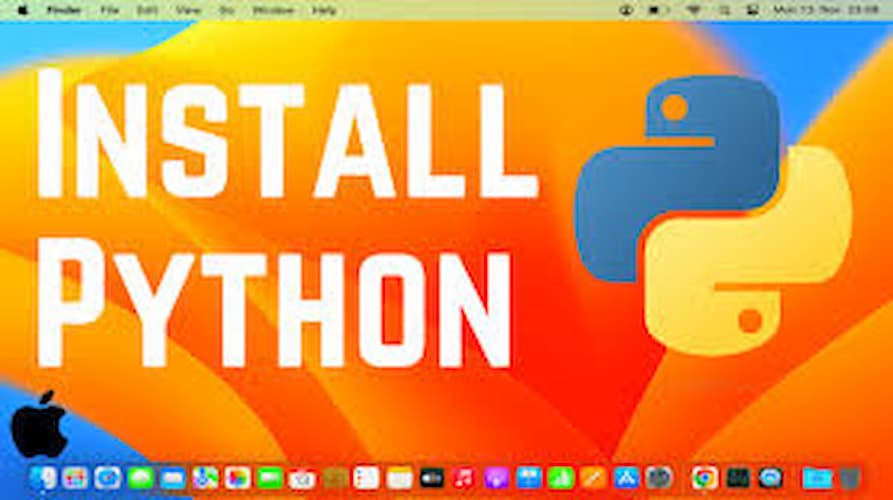Python is a powerful and versatile programming language that is pre-installed on most Mac computers. Whether you’re new to programming or an experienced developer, opening Python on your Mac is a straightforward process. This guide will walk you through the steps to get started with Python on your Mac.
Step 1: Check Python Installation
Before you begin, it’s essential to check if Python is already installed on your Mac. Most Macs come with Python pre-installed, but it’s always a good idea to verify.
- Open Terminal: Terminal is the built-in command-line interface on macOS. You can find it by going to
Applications > Utilities > Terminalor by searching for “Terminal” in Spotlight. - Check Python Version: In the Terminal window, type the following command and press Enter:sh
python3 --versionThis command will display the version of Python installed on your Mac. If Python is installed, you will see something likePython 3.x.x.
Step 2: Install Python (if necessary)
If Python is not installed on your Mac or you want to install the latest version, you can download it from the official Python website.
- Download Python: Go to the Python website (https://www.python.org) and click on the “Downloads” tab. Choose the macOS installer and download the latest version of Python.
- Install Python: Once the download is complete, open the installer package and follow the on-screen instructions to install Python on your Mac.
Step 3: Open Python in Terminal

Once Python is installed, you can open and use it directly from the Terminal.
- Open Terminal: Launch Terminal by going to
Applications > Utilities > Terminalor searching for “Terminal” in Spotlight. - Start Python Interpreter: In the Terminal window, type the following command and press Enter:sh
python3This command will start the Python interpreter, and you will see the Python prompt (>>>). You can now enter Python commands and code directly in the Terminal.
Step 4: Create and Run Python Scripts
While using the Python interpreter in Terminal is useful for quick tests, most developers prefer writing and running Python scripts. Here’s how you can create and run a Python script on your Mac.
- Create a Python Script: Open a text editor (such as TextEdit, VS Code, or PyCharm) and write your Python code. Save the file with a
.pyextension. For example, you can create a file calledhello.pywith the following content:pythonprint("Hello, World!") - Navigate to Script Directory: In Terminal, use the
cdcommand to navigate to the directory where your Python script is saved. For example:shcd path/to/your/script - Run the Python Script: Once you are in the correct directory, run the script by typing the following command and pressing Enter:sh
python3 hello.pyThis command will execute your Python script, and you should see the output (Hello, World!) in the Terminal.
Tips for Using Python on Mac
- Install a Code Editor: While you can use any text editor to write Python code, a code editor with Python support (such as VS Code, PyCharm, or Sublime Text) can make coding easier and more efficient.
- Use Virtual Environments: For managing dependencies and packages, consider using virtual environments. You can create a virtual environment with the following command:sh
python3 -m venv envActivate the virtual environment with:shsource env/bin/activate - Keep Python Updated: Ensure you have the latest version of Python installed to take advantage of new features and security updates. You can download updates from the Python website.
Conclusion
Opening Python on a Mac is a simple process that involves checking for an existing installation, installing Python if necessary, and running Python in the Terminal. By following these steps, you can start writing and running Python code on your Mac with ease.